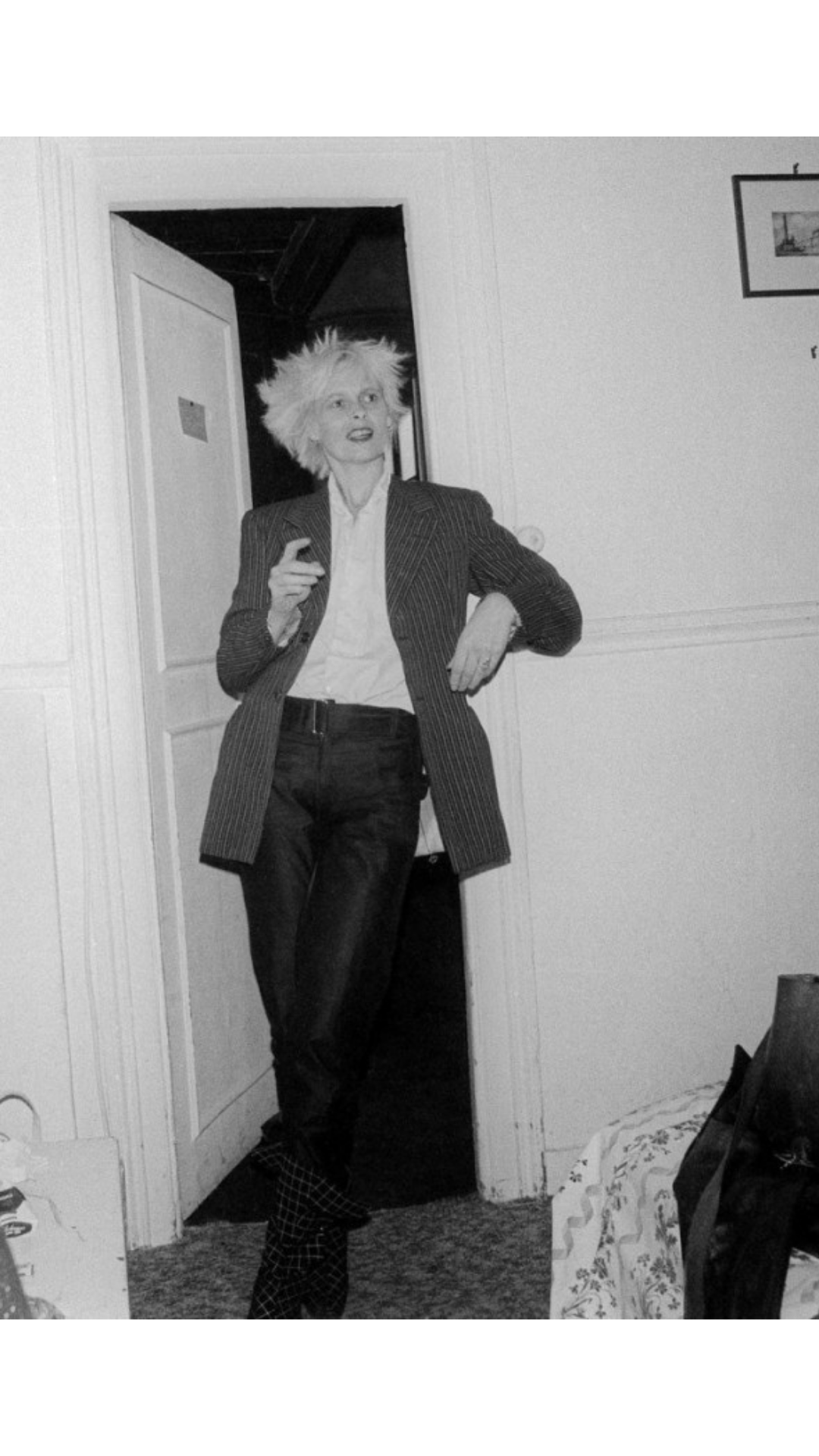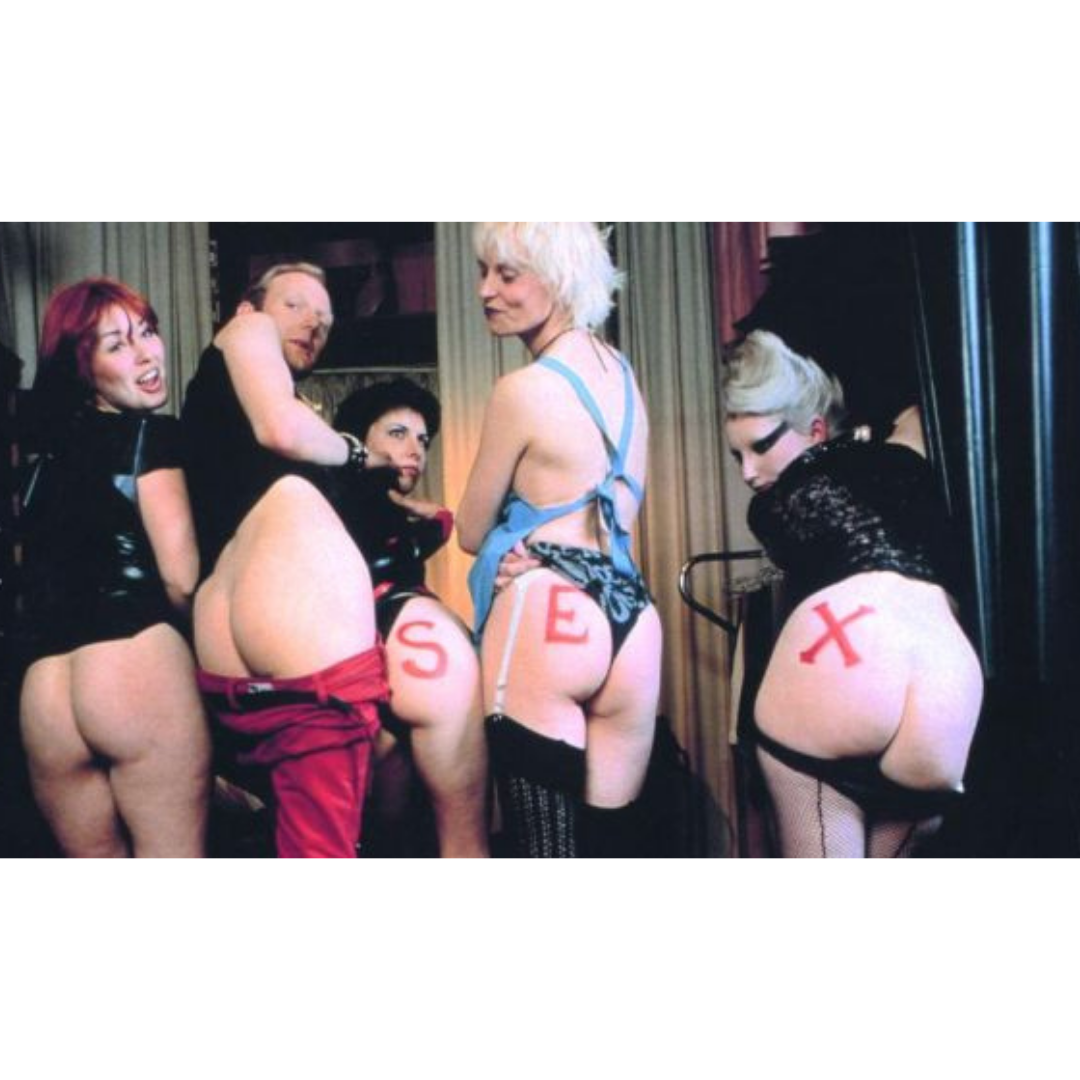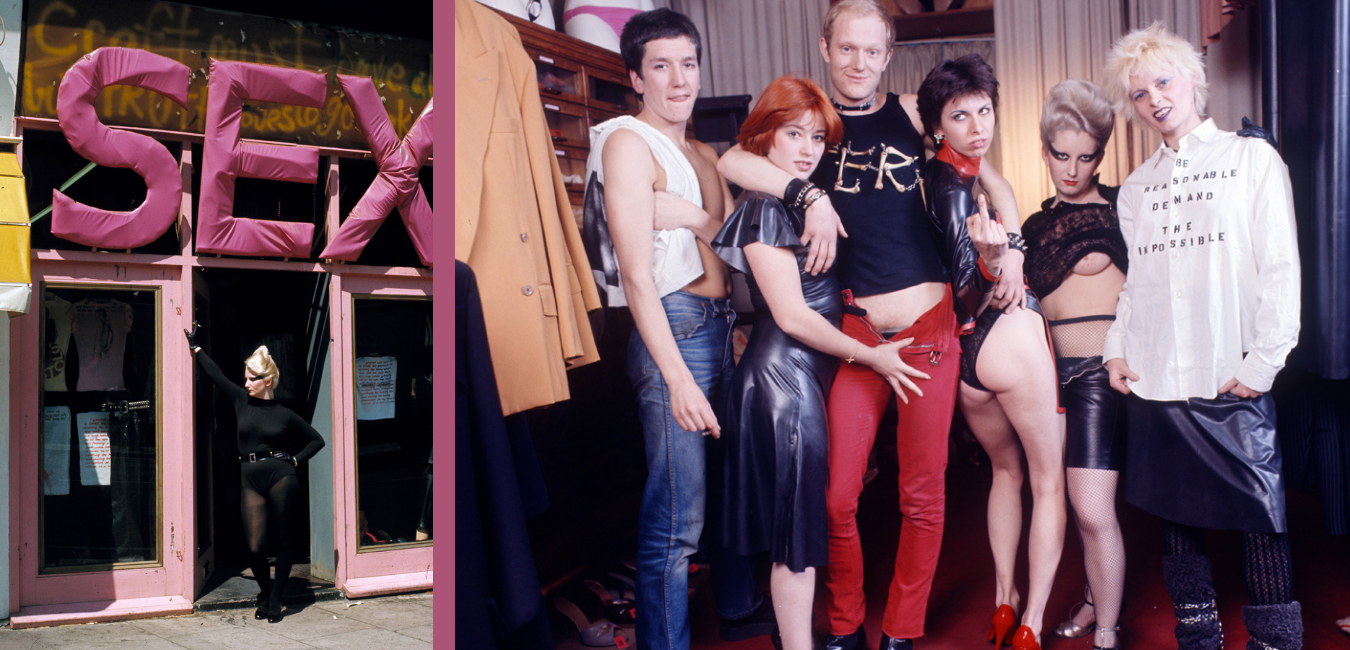
15:27 / 07 Mar 2021 / culture / text: Valeriia Raskolnikova
Everything you need to know about SEX: Vivienne Westwood's boutique from the 1970s
An experience of seeing the crucified, tortured representation of Jesus as a child has dramatically influenced Vivienne Westwood's political and punk stances in the years to come. Being born in Tintwistle in 1941, young Vivienne Swire (her then surname) always reflected on why adults don't even move a finger to save the tortured martyr. Though not very common as the biographical fact, this childhood memorabilia maybe her stubborn character's origin. The core element of every design accomplishment that Ms. Westwood has so far produced always aspires to "fight the system."
"Becoming market research of its kind, five epochs of the shop helped to test the ground for the world-renowned luxury house "Vivienne Westwood"
But who was Vivienne Westwood before growing into one of the most prominent designers of our age? She was a young mother of two sons, a primary school teacher, and most importantly, the bohemian boutique owner, which she operated with her then-partner, Malcolm McLaren, on 430 King's Road. When one talks about the punk movement, it never goes without mentioning Westwood's and McLaren's contributions. In 1971, the boutique that changed its ethnos five times was steadily becoming an embryo of the punk music scene that was about to be fully formed in the mid-1970s.
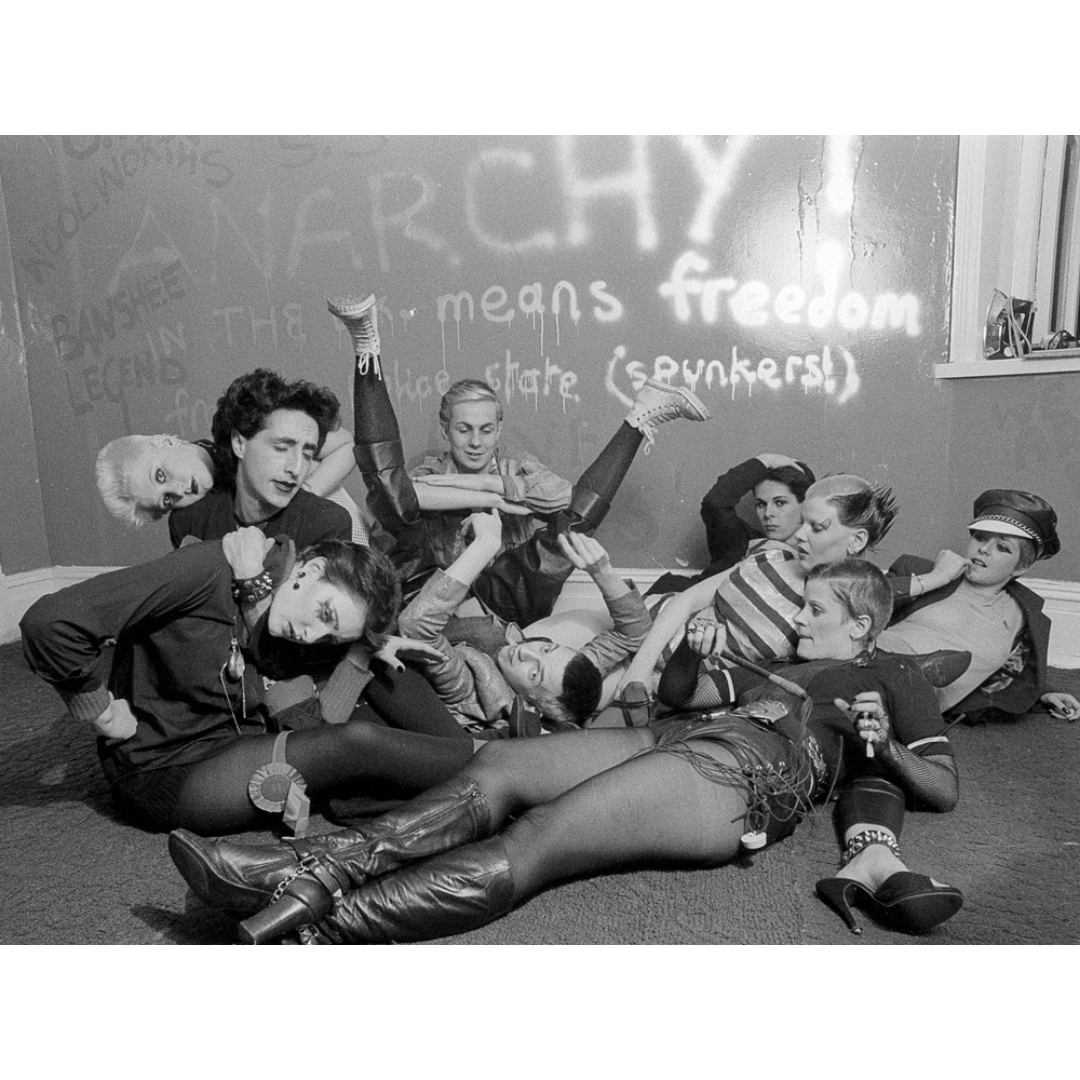
The Bromley Contingent’ – Siouxsie Sioux, Philip Salon, Debbie Juvenile, Simon Barker, Steve Severin, Berlin, Soo Severin, Sharon Hayman and Linda Ashby at Linda Ashby’s flat – Oct 1976
Before moving to the era of SEX, it is essential to outline everything that happened before. In 1971, Paradise Garage's owner, Trevor Myles, rented his store to Vivienne Westwood and Malcolm McLaren. At that time, the couple that was highly preoccupied with rock'n'roll music sold the records and kitsch objects at the back of the store, which resembled the 50's furnished living room, full of porno magazines. McLaren - an art school drop-out and the Situationist movement's fan was highly interested in Teddy Boy aesthetics and everything defining the counter-culture of the 50s Americana. Together they sold brothel creepers and flamboyant zoot suits by Sid Green at the shop they named "Let It Rock."
In 1972, though, the shop was redesigned to be "Too Fast To Live Too Young To Die." Stepping away from the 50's nostalgia, TFTLTYTD was inclined to represent a darker and more nihilist vibe by selling motorbike jackets inspired by American bikers and customized pieces made by Vivienne Westwood. Back at that time, one could find T-shirts stating "PERV," "ROCK," and "SCUM" spelled out in safety pins or bleached chicken bones. Moreover, it was around that time when clothes were gaining popularity among the subculture youth, hanging in the shop like it was a networking place. Funnily enough, by the mid-1970s, the punk clientele would be accompanied by a police escort from Sloane Square Underground station.
"In 1974, the SEX boutique would define the look of punk forever"
In 1974, when proto-punk transformed itself from a niche music genre into a serious music movement, Vivienne Westwood and Malcolm McLaren dropped the romanticized views and fully immersed themselves into neon-colored hair and tight spandex. Then employee Glen Mattlock, a future bassist of Sex Pistols, would help erect pink rubberized letters SEX on the shop's facade. In 1974, the SEX boutique would define the look of punk forever.
Some imagery from SEX era
My most preferred époque of the shop is definitely the SEX version. Not only because it is the most famous rendition of the store but because the music genre that I highly adored in my teens would not exist without SEX. The shop looked exactly like a fetish store with opaque windows, forcing the interested to walk inside to understand what is for sale. Even though it functioned sporadically, sometimes being open for only a few hours in the evening, SEX was an inseparable from the scene destination. Sid Vicious, Johny Rotten, Mark Prionni, Mark Stewart, or Siouxsie Sioux were frequent visitors, and sometimes even former employees throughout different stages. SEX was not simply a store but a marker of the attitude defining one of humanity's most famous music movements. The store interior was covered with a pinky rubber resembling a womb and phallic interpretations covering the most space. "Craft must have clothes but Truth loves to go naked" - the motto scrawled above the door reading.
What would one find in the store during its existence in 1974-1976? Everything starting from fetish clothes to bondage and punk clothes. Brands like Atomage, She-and-Me, customized pieces by Vivienne Westwood and Malcolm McLaren, "rubber wear for the office", straps, fishnet stockings, breast-exposing bras. The success of SEX was immense, making prostitutes and Chelsea elite rub the shoulders in one space. Westwood's famous T-shirts of anarchic, sexual, and Karl Marx inspired slogans were catching more coverage than ever. When talking about SEX, it is essential to mention Pamela Rooke, known as Jordan. She was known as the boutique's walking advertisement and a sales assistant. Her persona had more status than just the shop's employee - Jordan resembled everything the SEX was about.
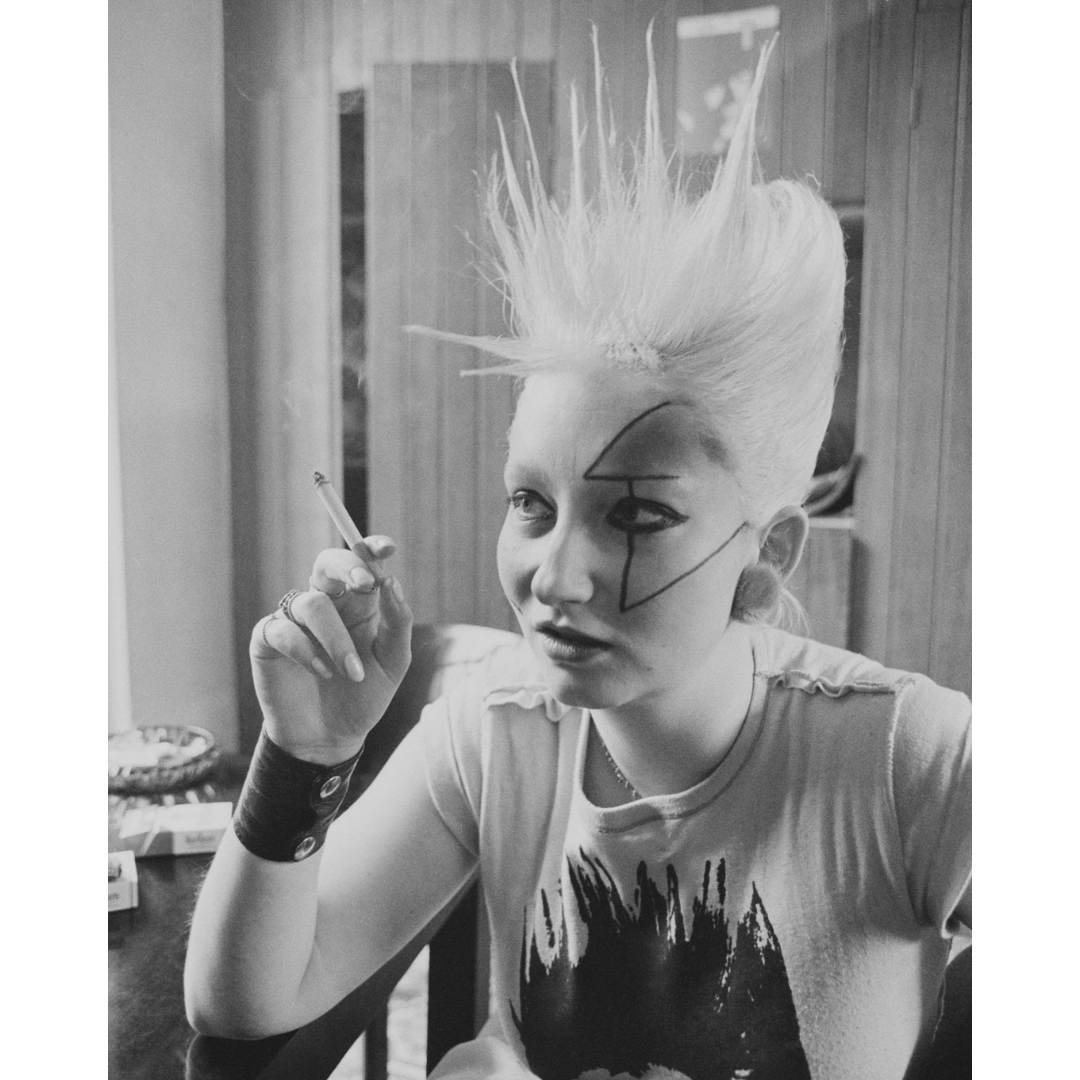
Pamela Rooke, known as Jordan by Chris Moorhouse
When discussing Vivienne Westwood's contribution to fashion history and the punk movement, it is essential to understand her boutique's role, still operating under the name "Worlds End." Becoming market research of its kind, five epochs of the shop helped to test the ground for the world-renowned luxury house "Vivienne Westwood". Producing socio-rebelling clothes became Westwood's calling. Even though, her traditional "punky" look has changed, the philosophy of fighting the decaying system stayed with Vivienne even at the age of 79. But about that, I will talk in the articles to come.

